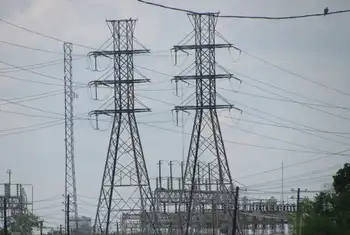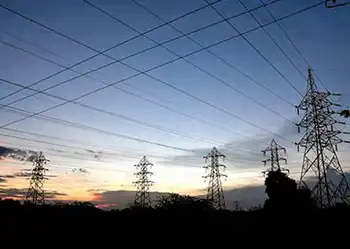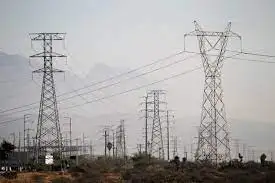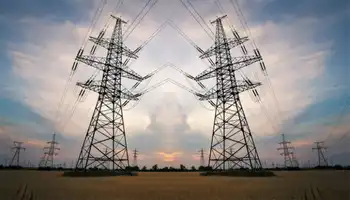Europe gets first glimpse of solar, wind plans
A picture of the European Union's renewable energy landscape for 2020 is emerging for the first time as the bloc's 27 member states scramble to meet a deadline for setting their "National Renewable Energy Action Plans."
A number of draft plans seen by Reuters point to massive growth in the onshore wind-farm capacity — 30 percent in Germany, 130 percent in Ireland, 230 percent in Italy and 74 percent in Spain.
Offshore wind is also expected to soar, from virtually zero today to around 10,000 Megawatts in Germany, 2,300 MW in Ireland, 1,000 MW in Italy and 3,000 MW in Spain.
That is likely to pose a massive challenge for the wind industry's support services.
"For offshore wind we will need significant investments in infrastructure, such as grids, harbors and vessels that can accommodate and transport machines the size of offshore wind turbines across the sea," said Justin Wilkes, policy director at the European Wind Energy Association.
The plans give a detailed picture of European governments' vision, but much hangs on how effectively they are executed. The availability of finance, subsidies and support services will play a big role, as will planning and political stability.
"Policy changes can be devastating to industry and really stifle investment," said Eric Peeters, vice president of Dow Corning Corp's solar business. "Retroactive changes would be a really bad signal."
Spain — the world's second-largest solar generator — is currently revising its subsidy system, unsettling investors.
Solar-power capacity will increase by 189 percent in Spain, according to the draft plan, while Germany will see a three-fold increase and Italy a five-fold increase.
Finance could also be an issue as Europe endeavors to pull itself out of the deepest recession in 80 years.
The world is spending only half the money needed to reach widely held climate goals, says International Energy Agency analyst Adam Brown.
"The investment level worldwide to meet that goal is $239 billion a year between now and 2030," he said. "The current level is about half that at around $110 billion."
The financial crisis has been blamed in part for the shortfall in spending and investment, but renewable energy campaigners say that is no excuse.
"In economically challenging times, Europe needs a strong future-oriented industry and creation of new jobs," said Lucie Tesnière of the European Renewable Energy Council.
Paperwork and red tape is often a major barrier to photovoltaic power, which could be competitive within five years in the most favorable regions, said Dow Corning's Peeters.
"In Italy, permitting is complex and is really slowing development," he said. "But Belgium is a good example. It has the lowest sun outside Scandinavia, and yet this year there will be 200 MW installed, which is very high on a per capita basis."
Peeters has just moved from the United States to Belgium and expects to have solar panels installed on his roof by September.
"In Michigan that would be almost impossible for a normal resident," he added.
The draft plans also reveal major plans for investment in power from biomass, particularly in eastern Europe. Bulgaria plans 433 MW of biomass generating capacity, while Poland plans 1,425 MW.
But the European Commission's director general for energy, Philip Lowe, said he would not hide from dealing with charges from environmentalists that energy from biomass can often do more harm than good.
"At the end of the year, we have to be very realistic about this," he told a Friends of Europe conference. "We're fully on board for a serious scientific examination."
Related News

Electricity complaints filed by Texans reach three-year high, report says
HOUSTON - The number of electricity service-related complaints and inquiries filed with the state’s Public Utility Commission reached a three-year high this past fiscal year, an advocacy group said Tuesday.
According to the Texas Coalition for Affordable Power, a nonprofit that advocates for low electricity prices, Texans filed 5,371 complaints or inquiries with the commission between September 2017 and August of this year. That’s up from the 4,175 complaints or inquiries filed during the same period in 2017 and the 4,835 filed in 2016. The complaints and inquiries included concerns with billing, meters and service.
“This stark uptick in complaints is disappointing…





